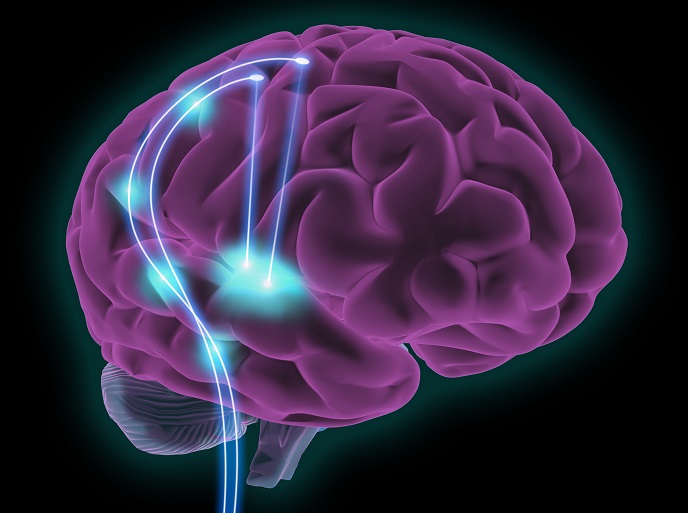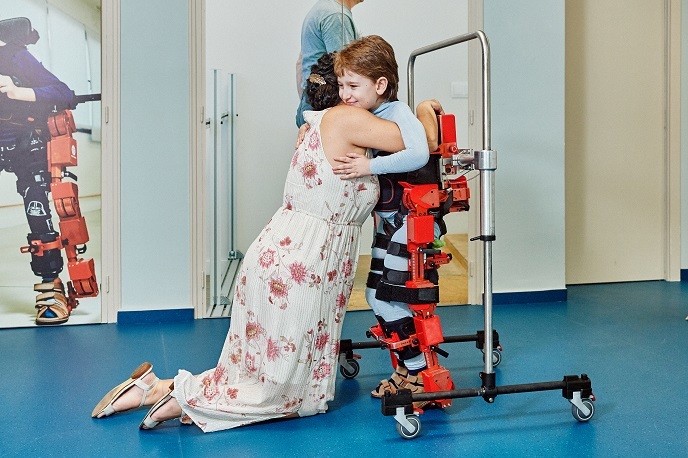Relief for neurogenic incontinence
Neural injury, diabetes and multiple sclerosis, among other conditions, can cause neurogenic incontinence. This is due to changes in nerve function between the brain and the bladder. This is a distressing condition where the quality of life of the patient is reduced considerably. The European project REBEC has investigated neuromodulation as a therapy for this type of incontinence. Neuromodulation refers to the procedure whereby electrical stimulation is used to alter nervous system function. One of the project teams at the Fraunhofer Institut Biomedizinische Technik in Germany researched two aspects of neuromodulation. They investigated the neurological function from the point of view of signal control. Then, for the stimulation itself, they developed electrodes for the production of the neural signal. These then could be incorporated into an implantable device. In order to implement an impulse stimulation system, an 8-channel stimulator to apply arbitrary shaped stimulation pulses was developed. The system is computer controlled and the program can be run on any PC via a graphical user interface. This new system is innovative in the sense that there can be better physiological tolerance of the nerve system due to the arbitrary nature of the impulses. Biocompatible hybrid cuff electrodes were also developed by the researchers. These were specifically designed to stimulate and record impulses from the sacral nerves. The cuffs were designed in a tripolar electrode arrangement in different diameters. Moreover, the electrodes were subject to rigorous standards tests on both the raw materials and the ethylene oxide (ETO) sterilised finished product. Importantly then, no bio-incompatabilities can be expected during clinical use. Many patients with neural transmission problems who require the intervention of insertable electrodes could stand to benefit from this research. Incontinence, pain relief and deep brain stimulation are all possible applications. The method for conditional neuromodulation has been patented and can be applied in future research for incorporation into implantable mechanical devices.







